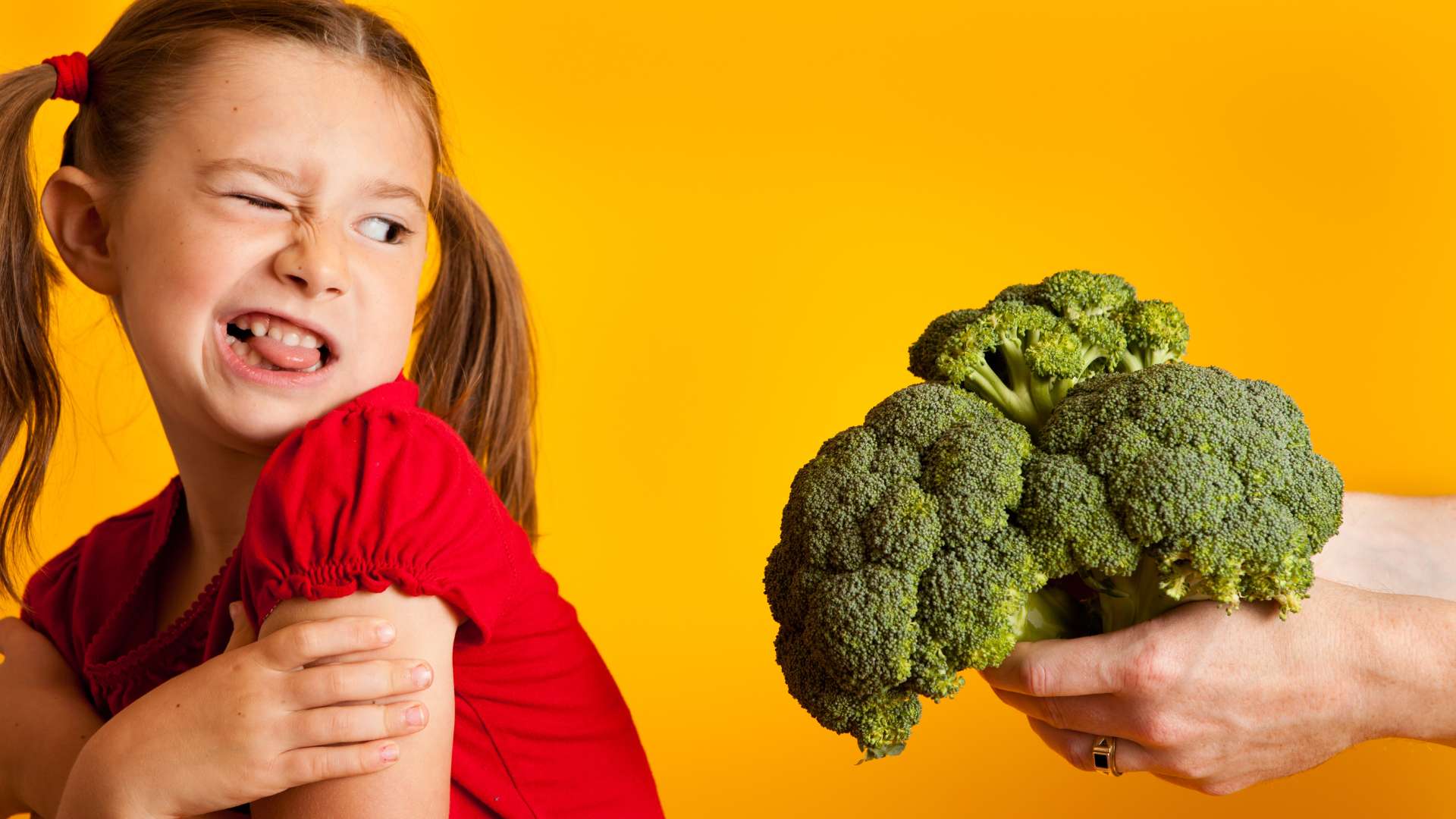Our palates might be adventurous, but there are certain dishes around the world that push the boundaries of what we consider ‘edible’. From creepy crawlies served on a platter to fermented delicacies that reek, there’s a wide array of foods that could easily be crowned as the most disgusting.
In this exploration of culinary curiosities, we’ll delve into the fascinating world of bizarre foods. We’ll journey from the stinky tofu stalls of Taiwan to the maggot-infested cheese of Sardinia. Brace yourself, this is a gastronomic adventure that’s not for the faint-hearted.
What Is The Most Disgusting Food In The World
Disgust: A Universal Emotion?
Is disgust truly universal though? While certain reactions might be widespread, the particular foods causing these reactions vary greatly. Across cultures, humans share an innate aversion to putrefying or rotting substances, a survival instinct that discourages the consumption of potentially harmful items. However, cultural conditioning can also influence our disgust responses. Most Americans, for example, might cringe at the thought of consuming casu marzu, a Sardinian cheese populated with live maggots, but it’s considered a regional delicacy in its homeland. Attempts at quantifying disgust, therefore, highlight cultural perspectives and deeply ingrained practices rather than any objective measurement of ‘grossness’.
This section underscores the complexity behind designating a single ‘most disgusting food’. Taste dependence on cultural knowledge and personal exposure highlight the subjectivity inherent in such a label. It’s an exploration of not only our gastronomic boundaries but also our cultural understandings and sensory perceptions.
Infamous Delicacies – The Contenders for World’s Most Disgusting Food
The quest to identify the world’s most disgusting food challenges even the most adventurous eaters. Cultural significance aside, certain delicacies generate strong reactions, primarily due to their preparation methods, unique tastes, and textures. From Sweden’s surströmming to Sardinia’s casu marzu, these infamous foods push the boundaries of culinary daring.
Surströmming – Sweden’s Fermented Herring
Surströmming, a traditional Swedish dish, earns its reputation through a distinctive fermentation process. This process involves storing Baltic Sea herring in barrels for months, allowing it to ferment before being canned. Upon opening, the cans release a potent aroma, often described as overwhelming and unbearable. Despite its pungent smell, surströmming holds a cherished place in Swedish culture, typically enjoyed with flatbreads and potatoes during special occasions.
Hákarl – Icelandic Fermented Shark
Hákarl stands as Iceland’s challenging contribution to the world of unique foods. Made from Greenland shark, a species that contains toxic urea in its flesh, hákarl undergoes a lengthy curing process. This includes burying the shark underground to ferment and then hanging it to dry for several months. The result is a dish with a strong ammonia smell and a taste that many describe as acquired. Hákarl represents a testament to Iceland’s culinary heritage, often served at gatherings and special events.
Durian – Southeast Asia’s “King of Fruits”
Durian, known as the “King of Fruits” in Southeast Asia, divides opinions sharply. Its notorious odor has led to bans from public transportation and hotels across the region. The smell, likened to rotten onions or raw sewage, masks a custard-like flesh that enthusiasts find incredibly sweet and flavorful. Durian’s divisive nature illustrates the subjective experience of taste, making it a beloved delicacy for some and a revolting option for others.
Casu Marzu – Sardinia’s Maggot-Infested Cheese
Casu marzu elevates the concept of fermented cheese by introducing live insect larvae into the equation. Originating from Sardinia, Italy, this cheese is made from sheep’s milk that’s allowed to ferment beyond typical standards. The larvae of cheese flies are introduced, breaking down the fats and softening the cheese’s texture. The presence of live maggots upon consumption adds to the controversy, making casu marzu a food that challenges even the most daring of palates.
Each of these foods demonstrates the profound influence of culture on culinary practices, transforming what might seem revolting into delicacies that are celebrated and enjoyed. The line between delicious and disgusting blurs, influenced by tradition, taste, and personal experience.
